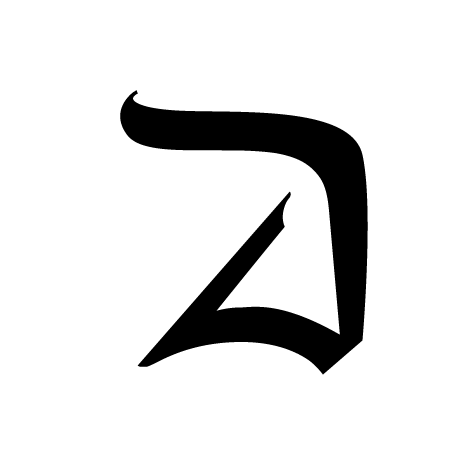
Our Roots
The Dial,
an American magazine for "literature, philosophy and religion", ran intermittently in print from 1840 to 1929. In its original form (1840-1844), it was the chief publication of the transcendentalists. The first incarnation saw four volumes with quarterly editions under three editors: Margaret Fuller, Ralph Waldo Emerson, and Henry David Thoreau.
1840-1844
The Dial journal launched on the heels of a tumultuous decade. Its founders sought “something positive” for public discourse, to “[build] up the life of thought upon the life of action.”
The publication critiqued the young nation and advanced American ideals. Yet, despite the influence of the Transcendentalists, it failed to capitalize on early momentum. Publication ceased by 1844.
1860-1929
The Dial experienced multiple rebirths: in 1860, 1880, and in 1920, running until 1929. The last of these is its best-known iteration, as a modernist publication of literary and artistic critique.
Names from Sigmund Freud to T. S. Eliot wrote for The Dial. Horace Greeley, founder-editor of The New-York Tribune, called it the "most original and thoughtful periodical ever published in this country."
2020
marks the centenary of The Dial’s last revival. Now as before, the spirit of our times clamors for a renewed commitment to democracy, rationality, and hope.

“
And so with diligent hands and good intent we set down our Dial on the earth. We wish it may resemble that instrument in its celebrated happiness, that of measuring no hours but those of sunshine. Let it be one cheerful rational voice amidst the din of mourners and polemics. Or to abide by our chosen image, let it be such a Dial, not as the dead face of a clock, hardly even such as the Gnomon in a garden, but rather such a Dial as is the Garden itself, in whose leaves and flowers the suddenly awakened sleeper is instantly apprised not what part of dead time, but what state of life and growth is now arrived and arriving.
”
— Editorial Introduction, The Dial, July 1840
